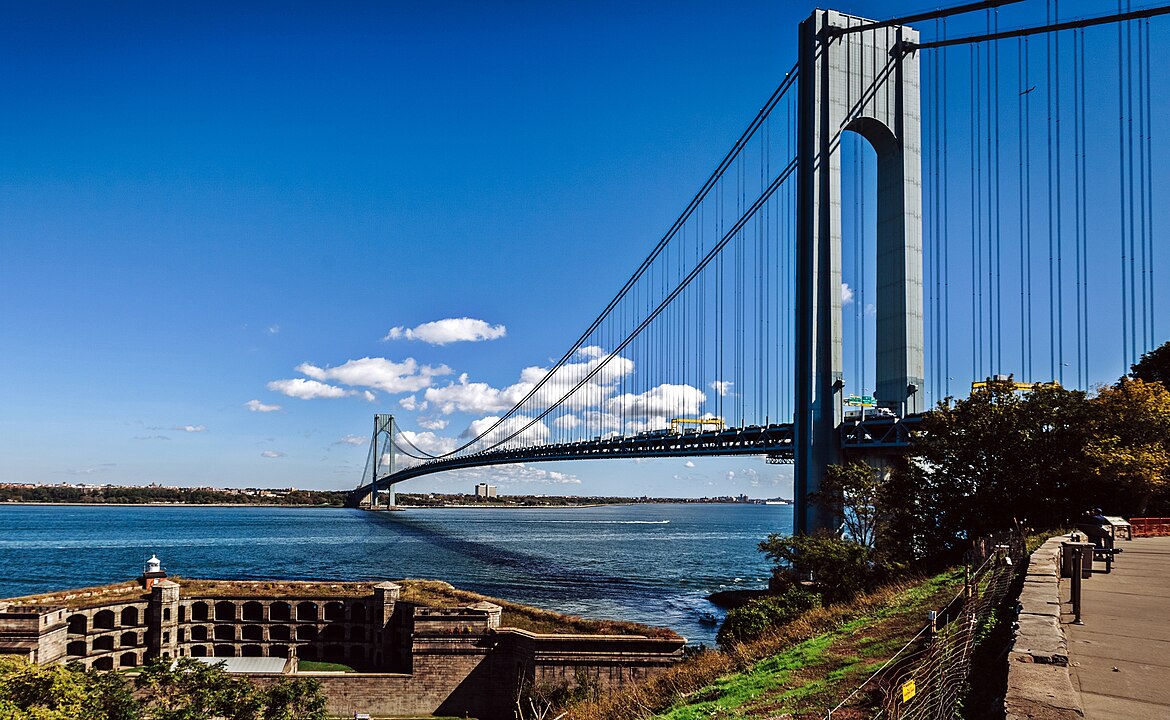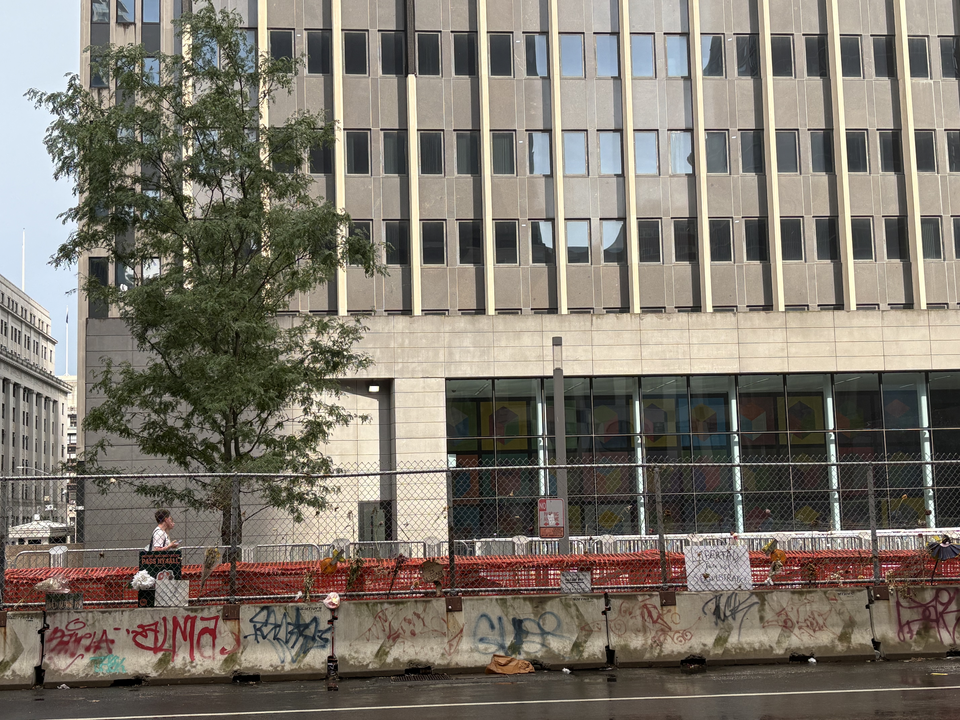Across the country, anxiety over housing has a pulse and a map. Rents climb faster than wages, eviction backlogs unwind, and shelters strain to hold the line. Families live one bill from crisis while cities juggle budgets, zoning, and weather that turns discomfort into danger. The fear is not abstract. It shows up in packed intake centers, in teachers counting absent students, and in nurses managing heat stress. Six cities reveal how scale, cost, and policy collide, then spill into daily life with consequences that feel immediate and personal.
New York City: The Nation’s Epicenter

New York carries a scale that strains imagination, with more than 350,000 people experiencing homelessness and a nightly sheltered count of 132,076. An affordable vacancy rate below 1 percent and the loss of 1.1 million low cost units since the 1990s leave households boxed in. Between 2023 and 2024 the city saw a 53 percent rise as eviction backlogs cleared and rents climbed. Working families hover one paycheck from intake while the system absorbs wave after wave with little room to breathe.
Los Angeles: The Visible Crisis

Los Angeles County counted 75,312 people experiencing homelessness in 2024, a 0.3 percent dip overall and a 5.1 percent drop in unsheltered counts. Yet 81 percent were first time homeless, a sign of fragile budgets and relentless rents. Encampments mirror inequality, and neighborhoods carry the stress of watching housing slip out of reach. Outreach expands, motel conversions add beds, and still the churn of new entries keeps stability just beyond grasp for families and seniors alike.
Seattle: Pacific Northwest Pressure Cooker

King County reached a record in 2024 with more than 16,000 people experiencing homelessness, a 23 percent jump from 2022. Unsheltered counts rose to 9,810 while 6,575 were sheltered, and officials warn that 2025 budget gaps may erase gains. Coordination has improved, yet more than a quarter living outdoors marks the gulf between need and capacity. Tech paychecks set new rent floors as service wages lag, leaving families one broken car or medical bill from losing footing.
Phoenix: Desert Heat And Housing Desperation

The January 2024 count found more than 9,400 people experiencing homelessness across Phoenix and Maricopa County. Eviction filings are on pace to top 83,000 by year end, a record built on paychecks that trail housing costs. Families with children form more than a fifth of those without stable homes, adding urgency to rental aid and shelter placement. Extreme heat turns scarcity into hazard, pushing cooling centers, water access, and night outreach to the center of every plan.
Boston: East Coast Housing Horror

Greater Boston saw an estimated 67 percent rise in homelessness from Jan. 2023 to Jan. 2024. Massachusetts counts about 17,975 people statewide, nearly 28 percent above 2022. High costs and tight supply now squeeze even steady earners, and professionals report fragile budgets despite reliable work. Emergency shelters stretch staffing and space while legal limits and permitting timelines slow new units, turning progress into inches when feet are needed.
Portland: West Coast Woes Intensify

Multnomah County estimates more than 11,000 residents experiencing homelessness, with Portland reporting 6,297 in 2023, up 65 percent since 2015. Despite more than 1.7 billion dollars spent on housing and services, demand keeps outrunning supply. From Jan. 2023 to Jan. 2024, Oregon’s sheltered homelessness rose 24 percent, the sharpest jump since statewide tracking began. Ambition meets slow construction, rising costs, and service gaps, leaving residents asking whether momentum can catch the tide.


